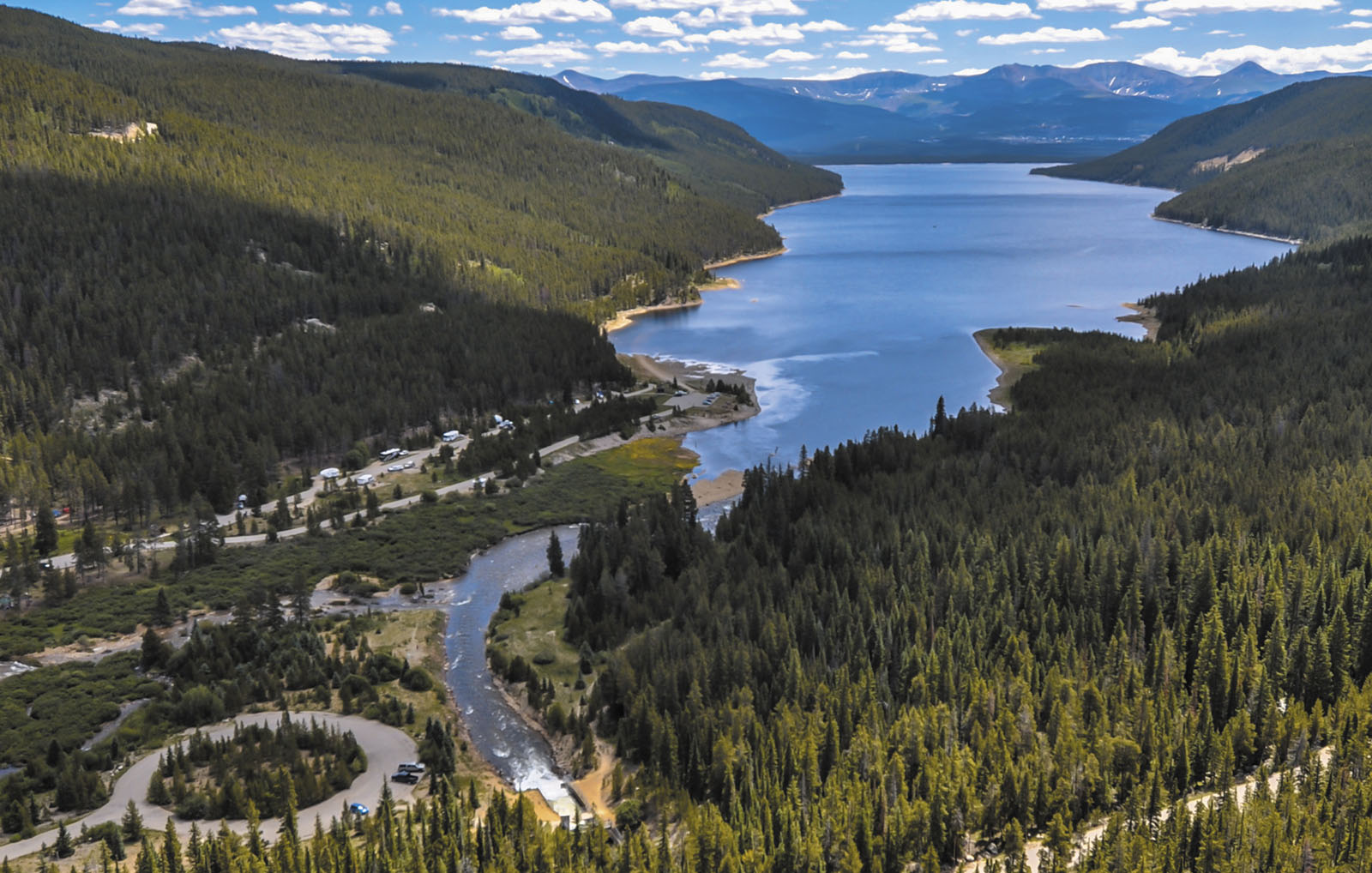The Southeastern Colorado Water Conservancy District board approved 32,848 acre-feet of West Slope water allocations from the Fryingpan-Arkansas Project but limited initial allocations to 14,502 acre-feet during its May 19 meeting in Pueblo.
District Water Resources Engineer Garrett Markus recommended the initial limit on Project water allocations because of uncertainty created by the rapid loss of snowpack in the first half of May.
Markus explained that the official water delivery forecast is required May 1, when snowpack in the vicinity of the Fry-Ark water collection system exceeded 90% of median. By May 18, however, snowpack had experienced a “steep drop” to 24%.
The weekend snowstorm improves the likelihood that the U.S. Bureau of Reclamation, which operates Fry-Ark infrastructure, will be able to deliver the full allocation of water.
Even before the weekend boost to snowpack, officials expressed confidence in meeting summer targets for the Voluntary Flow Management Program, which relies on Fry-Ark water to ensure sufficient flows for whitewater boating during peak tourist season (July 1-Aug. 15).
At the meeting – before the snowstorm – Water Resource Specialist Mike Holmberg said the situation is “not dire,” with snowpack similar to conditions in 2013, when the Bureau imported 46,000 acre-feet of Fry-Ark Project water.
The Bureau, he added, had already delivered 7,358 acre-feet of Project water prior to the District board meeting. As of today (May 23), 16,000 acre-feet of Project water have been delivered to Turquoise Lake via the Boustead Tunnel.
Markus said the official forecast for imported water is 45,300 acre-feet, compared to average annual imports of 56,000 acre-feet. He provided a breakdown of the numbers used to calculate Project water allocations, including deductions for evaporation, transit losses and other factors that leave 32,848 acre-feet available.
The initial 14,502 acre-foot allocation is based on releasing 50% of the May 1 forecast, Markus said. Because some of the deductions are fixed, the 50% allocation leaves less than half of the full allocation available.
Markus noted that Fry-Ark water imports have never dropped below 50% of the forecast but added, “I’m pretty sure we’re not going to hit 45,000 acre-feet,” noting that the exact allocation numbers should be final by July 1.
While the recent snowstorm improves the likelihood that the District can deliver the forecasted amount of water, Markus pointed out that, when conditions produce rapid snowmelt, the capacity of the Boustead Tunnel limits how much water can be imported during runoff.
Markus indicated 54.59% of 2022 Project water will go to municipal users with 45.41% going to agriculture. Municipal users are grouped into four regions.
The Fountain Valley Authority includes Colorado Springs Utilities and receives 25% of annual allocations, the largest portion of the four municipal regions.
The remaining regions are Pueblo, East of Pueblo and West of Pueblo, which receive 10%, 14% and 4% of annual Project water allocations, respectively.
In the West of Pueblo region, the Upper Arkansas Water Conservancy District is projected to receive 773 acre-feet of Project water; Buena Vista, 30 acre-feet; and Poncha Springs, 8 acre-feet.





